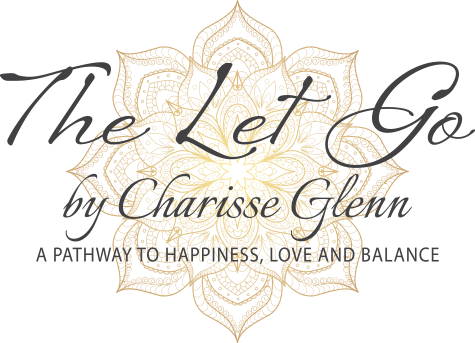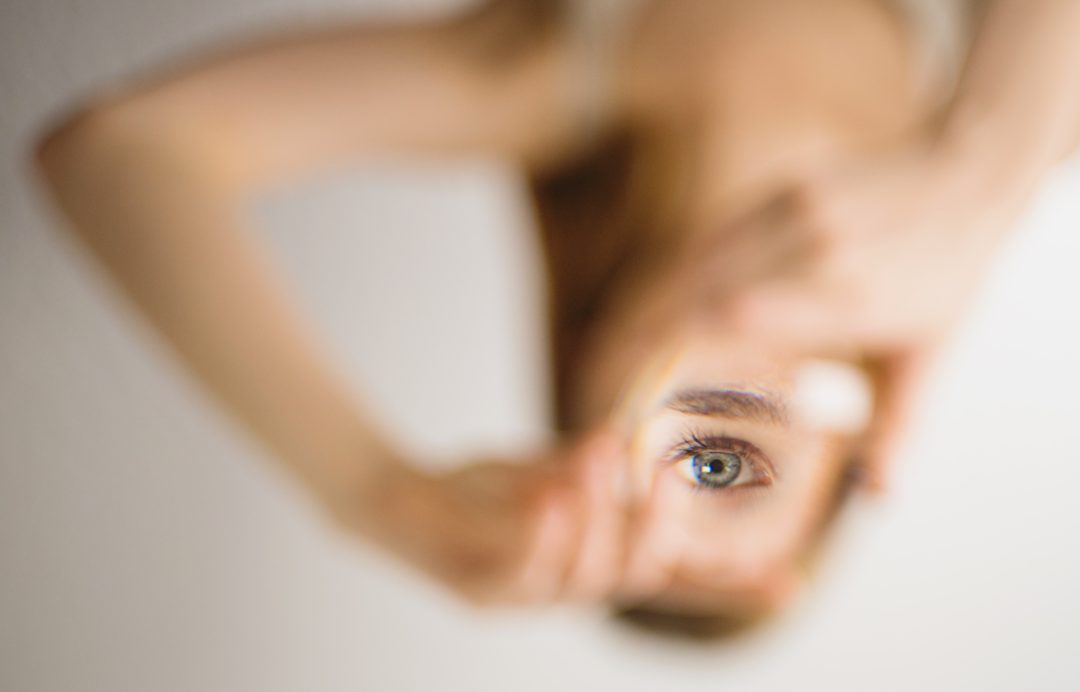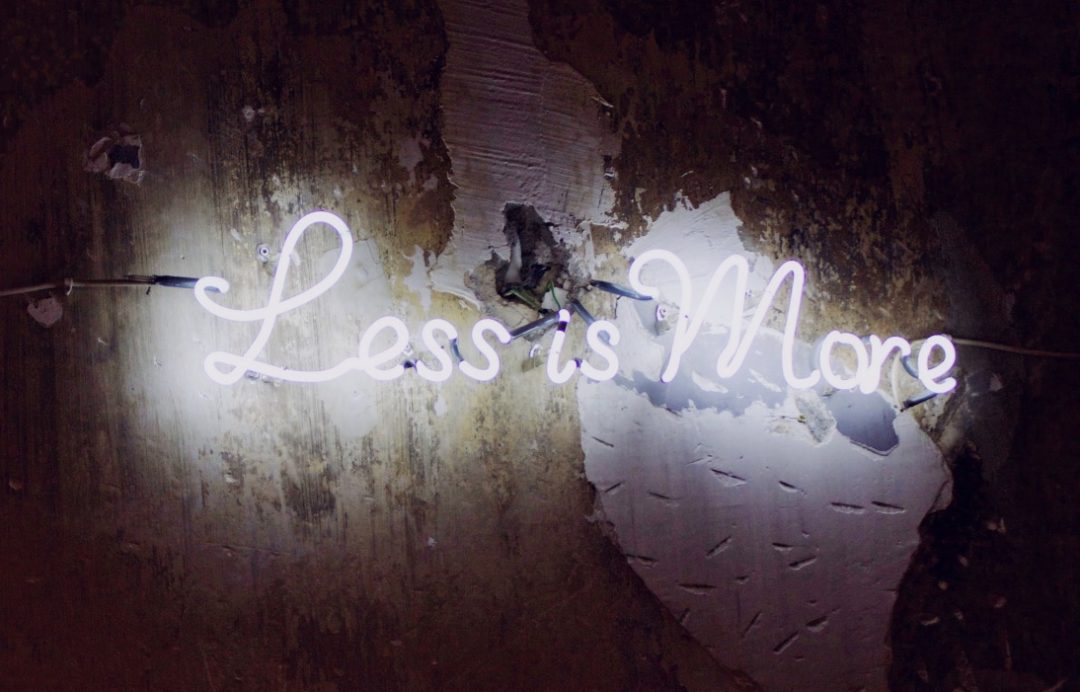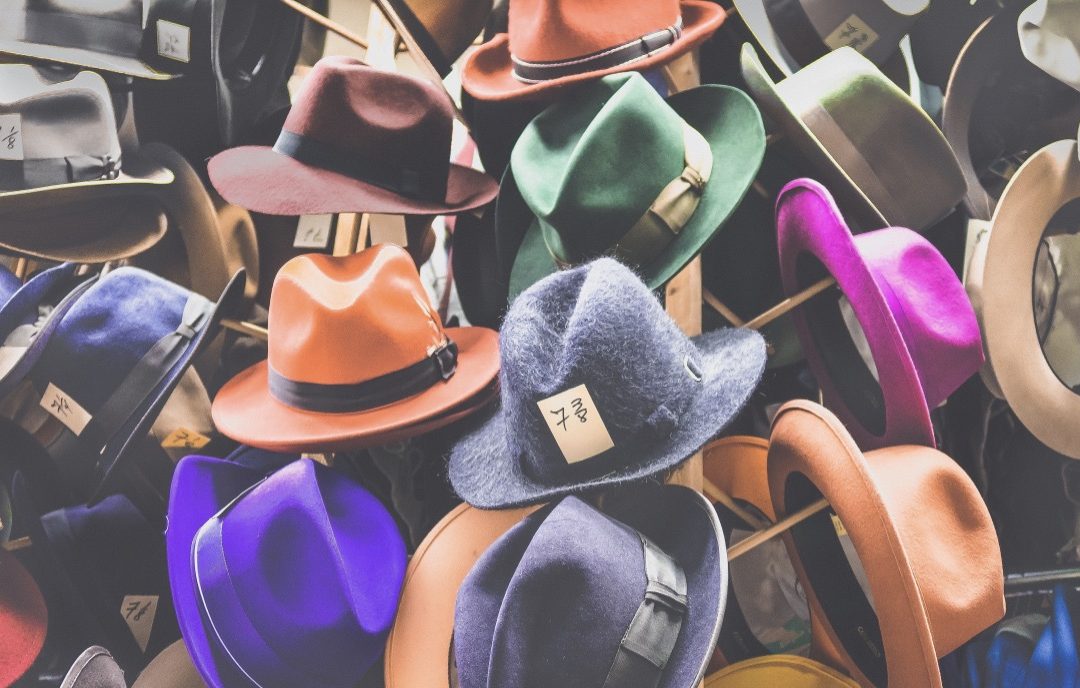You can’t find peace by hiding from life
Horses are my teachers. They are a sound reflection of our state of being. Our true nature will always show whether we are a seasoned horse person or around them for the first time. Horses do not lie, and how we interact with them does not either.
As I share my story about another lesson I learned from horses, please understand that it could easily be through dogs, children, yoga, or business. Life lessons are everywhere if we choose to see them, refrain from reacting, and, in place, see with understanding.
A horse can read us, even if we try to fake our feelings. We cannot hide from the truth of who we are.
Just as being in an emergency or disaster will show us aspects of who we are, our interactions with a horse reveal our core approach to life. Horses produce varying reactions in us: fear, intimidation, awe, trust, and anxiety. Our responses to them telegraph what lurks below the surface of what we project to the world. When challenged or confronted, do you put up your fists, rush to the front line, resist, or become paralyzed?
It is a common belief that dogs can smell fear. Horses have an equal skill of perception. Their lives depend on their ability to read their environment. As prey animals, horses are hypersensitive. With the sensitivity to feel a single fly on their back, they can feel every nuance in our bodies, physically, emotionally, consciously, and subconsciously. All interaction in life is about communication, with actions speaking louder than words. Therefore, when speaking in a language horses can understand, nonverbal communication is the first thing we need to learn.
Horses telegraph their intent through body language. The flick of an ear, a look in the eye, the position of the neck, and the hunch of the back all communicate their aims.
On the other hand, humans are deceptive in our communication skills, saying one thing, but our physical expression may differ from our verbal explanation. Yet, effective interaction begins with non-verbal intelligence.
Learning to be precise through physical expression comes from understanding who we are.
A common complaint with riders is that the horse does not respond to my cues. This is the first indicator that the lines are not precise. Riders often blame the horse for doing the wrong thing. A world-renowned trainer, Tom Dorrance, says There are no bad horses, just imperfect humans. Because of a horse’s hyper-awareness, mixed messages confuse them, making them reactive.
We blame the horse for being headstrong, inadequately trained, and stupid, yet we, the rider, failed to communicate clearly. When we are definitive about what we are asking for, the results come back to us with clarity. The responsibility lies within our ability to respond clearly.
The communication I learned from horses made me a better teacher. If my verbal instructions were not implemented, I knew I was not explaining them in a language my students could understand.
One of my riding students was a very successful, wealthy businesswoman. She was small in stature yet confident in life, used to getting her way. Yet, she was insecure about her inability to ride. Her insecurity was expressed through the dominance she tried to exert over the horse. Just as she moved through life, deligating and commanding her subordinates, she thought she could use the same tactics with a 1000-pound horse. And it was backfiring.
When I asked her to refrain from manhandling the horse, she argued with me, denying she was doing it at all, then acquiesced, justifying she had to stay in control. Those words revealed who she was.
After explaining why sending confusing signals was ineffective in yielding the desired response, I realized I was doing the same thing. I needed to communicate in a language she could understand.
Knowing she was a tango dancer, I used her language. I connected the idea of the subtle suppleness needed to feel her partner’s cues, not too rigid or limp, and she got it before I had even finished creating the visual for her. She relaxed, the horse relaxed, and I could breathe.
She could let go of her resistance to me, which was resistance within herself.
This rider showed me who she was by wanting to manhandle the horse, arguing with me, and, ultimately, giving in and learning. I do not judge how she reacted; it was just a guide for me to figure out how to communicate with her best.
We are confronted daily with people who show us who they are. We cannot change them; we can only adjust how we interact. Our reactions often send mixed messages, and until we become clear within ourselves, we will not yield the results we yearn for. Letting go of seeing things through only one lens will open up a world of endless possibilities.
Show me how you interact with a horse, I will tell you who you are.





